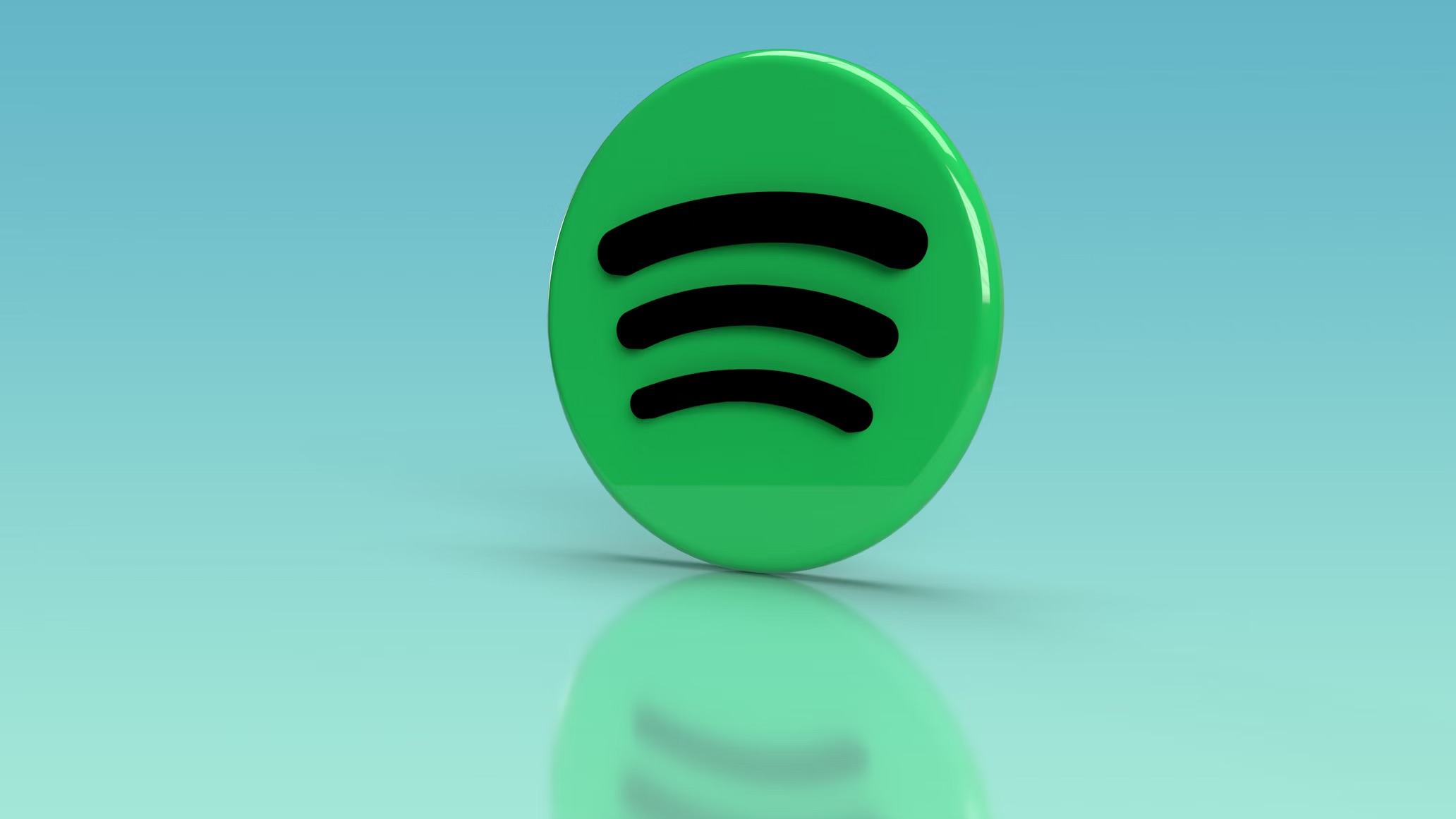
Spotify has officially launched high-quality, lossless music streaming for premium subscribers, a feature fans have been waiting on since the company first teased it in 2021. The rollout brings support for up to 24-bit/44.1 kHz FLAC streaming, delivering uncompressed, CD-quality sound.
The company acknowledged that licensing hurdles were partly responsible for repeated delays, even as rivals like Apple Music and Amazon Music moved ahead with lossless offerings. CEO Daniel Ek had previously described the project as being in its “early days” as recently as last year.
Global Rollout
The new feature is being introduced in more than 50 countries throughout October. Users in markets such as the U.S., U.K., Germany, Japan, Sweden, and Australia are already gaining access. Subscribers will receive in-app notifications once lossless streaming is available to them.
To enable the option, users can go to Settings & Privacy > Media Quality > Lossless, and apply the setting for Wi-Fi, cellular, and downloads. However, it must be switched on manually for each device tied to the account.
Technical Limitations
Because lossless files are much larger, Spotify will show data usage while streaming. The company confirmed that Bluetooth connections will not support lossless playback due to bandwidth limitations, though users can stream over Wi-Fi via Spotify Connect on compatible devices from companies such as Bose, Yamaha, and Bluesound.
Spotify’s timing makes it a late entrant to the space. Apple Music introduced lossless streaming in 2021 at no extra cost, and Amazon Music followed by folding its paid HD tier into its standard subscription. Spotify says its own rollout will cover “nearly every track” in its 100-million-song library, though a small number of songs will remain unavailable in lossless format.
Author’s Opinion
Even though Spotify is arriving years after its rivals, the launch of lossless streaming still matters because of the platform’s massive user base. Most listeners probably won’t notice a dramatic difference on everyday earbuds, but for audiophiles and high-end audio setups, it finally closes a frustrating gap. The bigger challenge for Spotify is less about sound quality and more about making sure it doesn’t fall behind in areas like AI-driven personalization and exclusive content, which could matter more to users than bitrates.
Featured image credit: Shutter Speed via Unsplash
For more stories like it, click the +Follow button at the top of this page to follow us.
